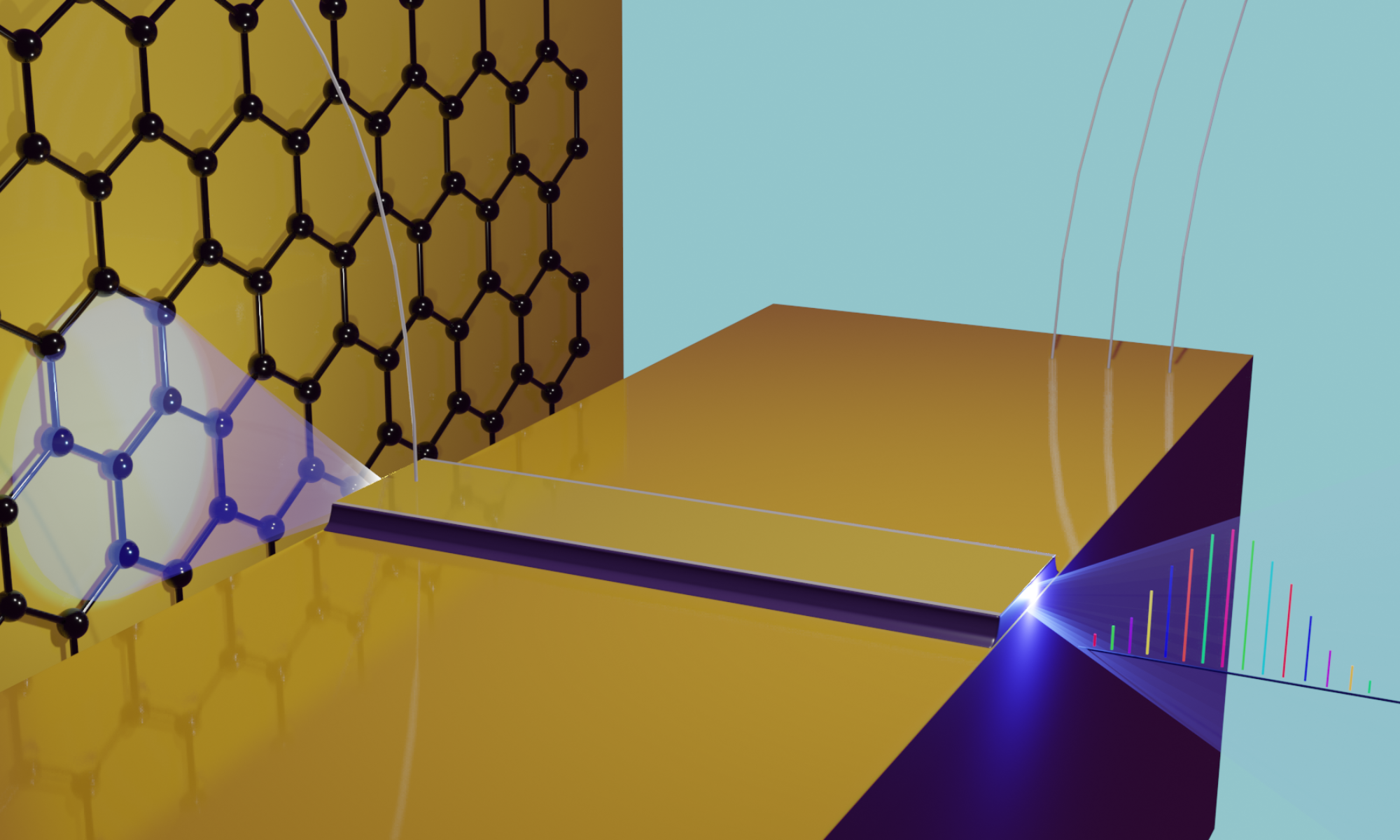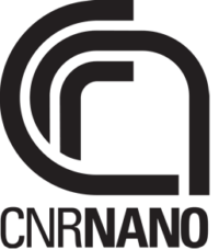
below 10 mKfor quantum computing application.
Quantum computing is the art of harnessing quantum phenomena, such as superposition, interference, and entanglement, to solve hard mathematical problems. On a similar route, the purpose of quantum simulators is to reproduce the properties of relevant quantum systems that cannot be accessed experimentally, nor simulated on existing supercomputers. The physical implementation of quantum computing and simulation however represents a formidable scientific and technological challenge, which is currently involving academic and industrial institutions worldwide. In fact, a deep understanding of the hardware components is required in order to operate these quantum devices with the required accuracy, along with an extreme degree of experimental control on their physical properties and dynamics.
At CNR Nano we investigate some of the main platforms for the realization of quantum computers and simulators, based on the use of spins in semiconductor and molecular systems, superconducting qubits and electronics, hybrid semiconductor/superconductor systems for topological quantum computation, and programmable quantum simulators based on semiconductor frequency combs. We aim to use quantum annealing and simulation to predict properties of molecules and materials. Theoretical investigation and simulation of the best protocols in control and manipulation of quantum hardware is done in parallel to the experimental realizations, providing feedback on materials, design, and measurement setup.
Projects


Balzan Research Project
Miriam Serena Vitiello
Fondazione Internazionale Premio Balzan
2017-2020
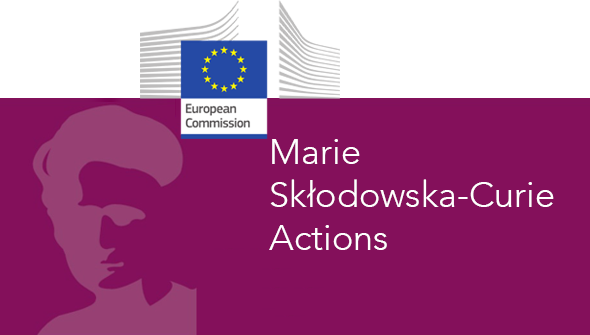
EuSuper – Superconducting Magnetic RAM for Next Generation of SupercomputersMarie Curie Individual Fellowship
Francesco Giazotto
Marie Curie Individual Fellowship
2018-2020
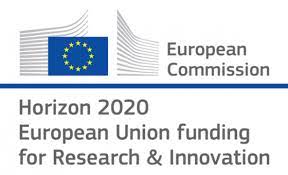
EXTREME-IR – Extreme Optical Nonlinearities in 2d materials for Far-Infrared Photonics
Miriam Serena Vitiello
H2020 FET OPEN
2021-2025


IQubits – Integrated Qubits Towards Future High-Temperature Silicon Quantum Computing Hardware Technologies
Elisa Molinari
FET
2019-2023

q-Land – Investigation of Quantum Landauer Principle on a Quantum Annealer
Michele Campisi
ISCRA-CINECA
2021-2022

SPRINT – Ultra-short Pulse Laser Resonators IN the TERAHERTZ
Miriam Serena Vitiello
ERC
2016-2021

SUPER – Supercomputing Unified Platform – Emilia-Romagna
Elisa Molinari
POR-FESR 2014-2020
2019-2021

SUPERGATE – Gate Tuneable Superconducting Quantum Electronics
Francesco Giazotto
H2020 FET OPEN
2021-2024

SUPERTOP- Topologically protected states in double nanowire semiconductor hybrids
Lucia Sorba
Quantera
2018-2020

TeraApps – Doctoral Training Network in Terahertz Technologies for Imaging, Radar and Communication Applications
Miriam Serena Vitiello
Marie Curie ITN
2018-2021
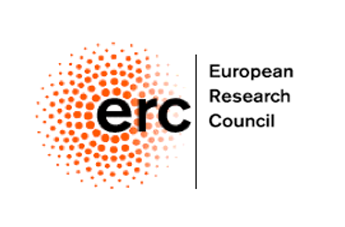

TOPOCIRCUS – Simulations of Topological Phases in Superconducting Circuits
Francesco Giazotto
Marie Curie Fellowship Global
2019-2022
